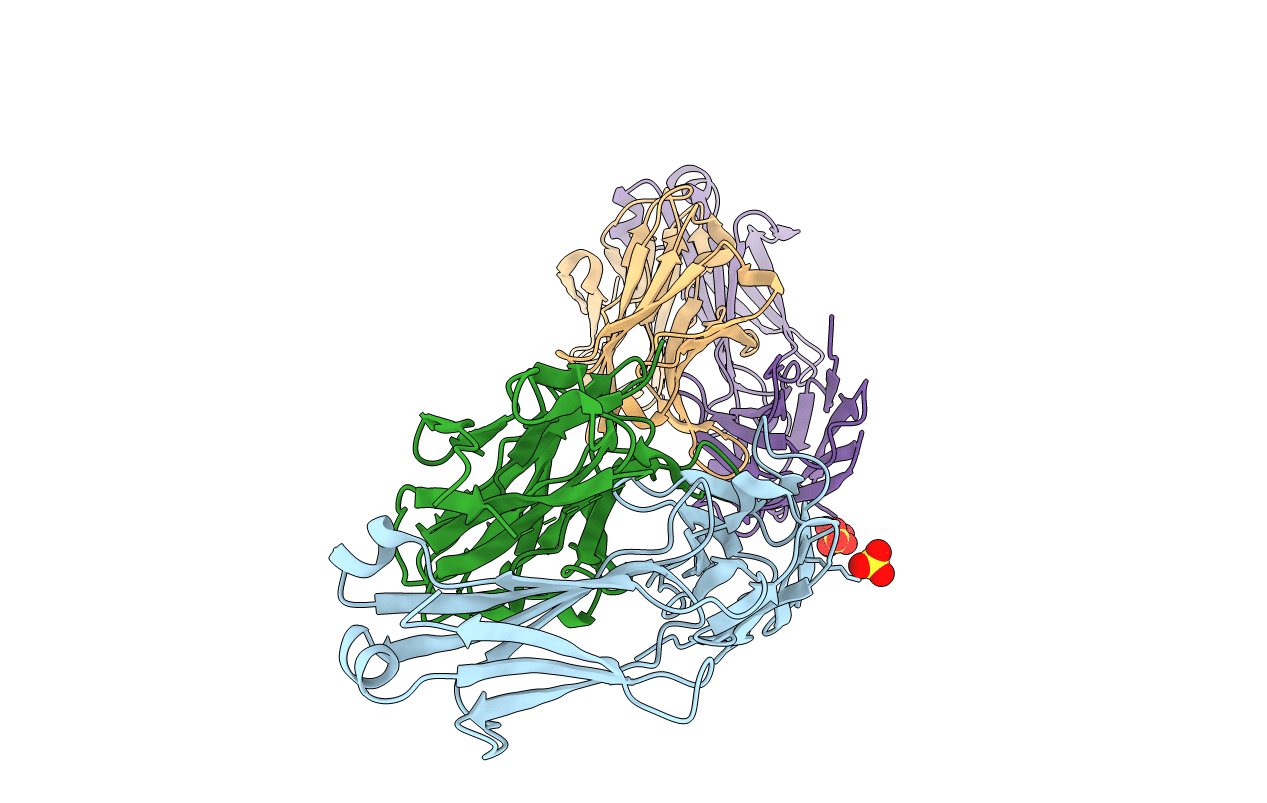
Deposition Date
2004-09-13
Release Date
2005-04-12
Last Version Date
2024-10-30
Entry Detail
PDB ID:
1XF4
Keywords:
Title:
Structure of ligand-free Fab DNA-1 in space group P321 solved from crystals with perfect hemihedral twinning
Biological Source:
Source Organism:
Mus musculus (Taxon ID: 10090)
Host Organism:
Method Details:
Experimental Method:
Resolution:
2.50 Å
R-Value Free:
0.22
R-Value Work:
0.18
R-Value Observed:
0.18
Space Group:
P 3 2 1


